Home>Dining>Table Decor>How To Pick Floral Arrangements For Weddings
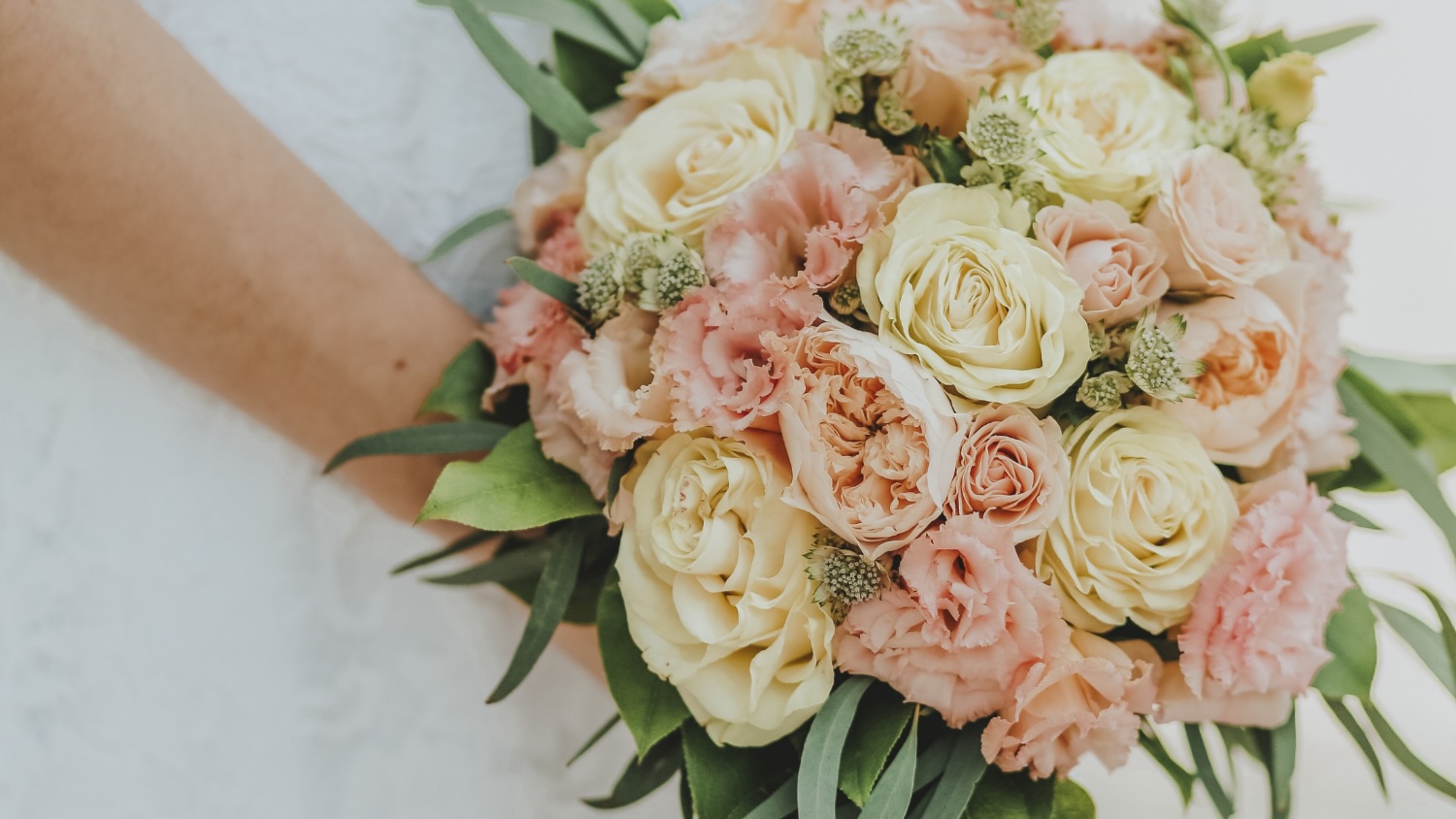

Table Decor
How To Pick Floral Arrangements For Weddings
Modified: February 3, 2024
Looking for the perfect floral arrangements for your wedding? Discover expert tips on choosing the best table decor to create a breathtaking atmosphere.
(Many of the links in this article redirect to a specific reviewed product. Your purchase of these products through affiliate links helps to generate commission for Storables.com, at no extra cost. Learn more)
Introduction
Choosing the perfect floral arrangements for your wedding is an important task that adds beauty and elegance to your special day. From the bridal bouquet to centerpieces and corsages, flowers play a vital role in creating a romantic and enchanting atmosphere. But with so many options to choose from, it can be overwhelming to make the right decision.
In this article, we will guide you through the process of selecting the ideal floral arrangements for your wedding. We will discuss the factors you should consider, popular flower types, color schemes, size and shape options, coordination with your wedding theme, budgeting, tips for working with florists, and a step-by-step guide to making your final choices.
Whether you have a clear vision in mind or are starting from scratch, this article will provide you with the knowledge and inspiration you need to create stunning floral displays that will leave a lasting impression on your guests.
So let’s dive in and explore the world of wedding floral arrangements together!
Key Takeaways:
- Create a visually stunning wedding with cohesive floral arrangements by considering seasonality, color schemes, and venue proportions. Trust your florist to bring your vision to life within your budget.
- Navigate the process of selecting wedding floral arrangements with confidence using a step-by-step approach. Prioritize budgeting, communicate openly with your florist, and trust their expertise to create a captivating floral backdrop.
Factors to Consider When Choosing Floral Arrangements for Weddings
When it comes to selecting floral arrangements for your wedding, there are several factors you should take into consideration. These factors will help you narrow down your options and create a cohesive and visually appealing floral display. Let’s explore these factors in more detail:
- Season: The season in which your wedding takes place will greatly impact the availability and cost of flowers. Some flowers are more readily available and affordable during certain seasons, while others may be out of season or more expensive to source. Consider the time of year and choose flowers that are in season to ensure their freshness and to stay within your budget.
- Personal Preference: Your personal taste and style should be reflected in your choice of floral arrangements. Consider the colors, textures, and types of flowers that you are drawn to. Do you prefer a romantic and soft look with delicate blooms like roses and peonies, or a bold and vibrant display with sunflowers and dahlias? Trust your instincts and choose a style that resonates with you.
- Wedding Venue: The location and setting of your wedding will play a crucial role in determining the size and scale of your floral arrangements. If you are getting married in a grand ballroom, you may opt for tall and dramatic centerpieces. For an outdoor garden wedding, you might consider more organic and natural floral designs that complement the surrounding landscape.
- Budget: Flowers can be a significant expense in wedding planning, so it’s essential to establish a budget for your floral arrangements early on. Discuss your budget with your florist and work together to create a design that fits within your financial means. They can offer suggestions for alternative flowers or design elements that can achieve a similar effect while keeping costs in check.
- Wedding Theme and Colors: Consider the overall theme and color scheme of your wedding when choosing your floral arrangements. The flowers you select should harmonize with the overall aesthetic you want to achieve. For a romantic and vintage-themed wedding, delicate pastel blooms would be a good choice. If you want a modern and sleek look, you might opt for monochromatic arrangements in bold and striking colors.
By taking these factors into account, you can narrow down your options and make informed decisions when choosing your wedding floral arrangements. Remember to trust your instincts and work closely with your florist to create a memorable and visually stunning display that reflects your unique style and the ambiance you want to create on your special day.
Popular Wedding Flower Types
When it comes to choosing the flowers for your wedding, there is a wide array of options to consider. Here are some popular wedding flower types that are commonly used in bridal bouquets, centerpieces, and other floral arrangements:
- Roses: Known for their timeless beauty and romantic symbolism, roses are a classic choice for weddings. They come in a variety of colors, including white, ivory, blush, and red, making it easy to coordinate them with your wedding color scheme.
- Peonies: With their voluminous blooms and delicate petals, peonies exude elegance and charm. They are especially popular in spring weddings and are available in various shades, ranging from soft pastels to vibrant pinks and corals.
- Tulips: Tulips are versatile flowers that come in an assortment of colors and have a sleek, elongated shape. They add a touch of sophistication to any arrangement and are particularly well-suited for modern and minimalist wedding themes.
- Calla Lilies: Calla lilies are known for their distinctive trumpet-shaped flowers and sleek, long stems. They are often associated with elegance and grace, making them a popular choice for formal weddings. Calla lilies are available in shades of white, ivory, and various pastels.
- Hydrangeas: Hydrangeas are prized for their abundant clusters of flowers, creating a lush and romantic look. They come in various colors, such as white, blush, blue, and lavender, and are perfect for adding volume to bouquets and centerpieces.
- Lilies: Lilies are known for their striking blooms and sweet fragrance. They are available in a range of colors, including white, yellow, pink, and orange. Lilies are a popular choice for adding drama and a touch of exoticism to wedding arrangements.
- Orchids: Orchids are synonymous with luxury and elegance. With their exquisite shapes and vibrant colors, they make a statement in any floral arrangement. Whether you choose phalaenopsis, cymbidiums, dendrobiums, or other varieties, orchids are sure to add a touch of sophistication to your wedding day.
These are just a few examples of the many beautiful flower types available for weddings. When selecting flowers for your big day, consider their meanings, colors, and overall aesthetic as they contribute to creating a cohesive look throughout your wedding decor.
Understanding Color Schemes for Floral Arrangements
Color plays a significant role in creating visual impact and setting the mood for your wedding. When it comes to floral arrangements, understanding color schemes is crucial for achieving a cohesive and visually pleasing look. Here are some key points to consider:
Complementary Colors: Complementary colors are those that are opposite each other on the color wheel, such as red and green, blue and orange, or yellow and purple. These colors create a vibrant and energetic contrast when used together. Incorporating complementary colors in your floral arrangements can add intrigue and visual interest to your wedding decor.
Analogous Colors: Analogous colors are adjacent to each other on the color wheel, such as purple, blue, and teal. These colors create a harmonious and soothing effect when combined. Using analogous colors in your floral arrangements can create a soft and cohesive look that is pleasing to the eye.
Monochromatic Colors: Monochromatic color schemes involve using different shades and tints of the same color. For example, using various shades of pink, from soft blush to bold fuchsia. Monochromatic color schemes create a sense of unity and simplicity, offering a more minimalist and sophisticated look for your floral arrangements.
Contrasting Colors: Contrasting colors are those that are far apart on the color wheel, such as red and yellow or blue and orange. These colors create a bold and eye-catching effect when paired together. Utilizing contrasting colors in your floral arrangements can create a vibrant and energetic atmosphere, adding a pop of excitement to your wedding decor.
When selecting the color scheme for your floral arrangements, consider your wedding theme, venue, and personal style. Think about the emotions and ambiance you wish to evoke. Soft pastel hues like blush and lavender create a romantic and ethereal feel, while vibrant and bold colors like red and orange create a lively and energetic atmosphere.
Additionally, take into account the effect lighting will have on your chosen colors. Natural daylight, candlelight, or other lighting arrangements may alter the perceived colors of your flowers. Consulting with your florist on how different lighting conditions will affect your chosen colors can help ensure the desired outcome.
By understanding color schemes and carefully selecting the colors for your floral arrangements, you can create a cohesive and visually stunning display that complements your wedding theme and sets the desired mood for your special day.
Choosing the Right Size and Shape of Floral Arrangements
The size and shape of your floral arrangements play a significant role in creating the overall aesthetic of your wedding decor. They can add height, volume, and visual interest to your venue. When choosing the right size and shape, consider the following factors:
Table Size and Proportion: Take into account the size of your tables and the available space for floral arrangements. For smaller tables, opt for compact and low-profile arrangements that won’t overwhelm the table setting. On larger tables, you can go for taller and more elaborate centerpieces to create a grander visual impact.
Room Size and Ceiling Height: Consider the size and scale of your wedding venue. If you have a spacious venue or a venue with high ceilings, you can opt for larger and more dramatic floral arrangements. On the other hand, if you have a more intimate or cozy venue, smaller and more delicate arrangements may be a better fit.
Wedding Style and Theme: The style and theme of your wedding should guide your choice of floral arrangement size and shape. For a romantic and vintage-themed wedding, soft and rounded arrangements, such as cascading bouquets or compact floral spheres, can enhance the nostalgic charm. For a modern and minimalist wedding, consider sleek and structured arrangements with clean lines and minimal greenery.
Balance and Proportion: Balance is key when it comes to floral arrangements. You want your arrangements to be in proportion with the surrounding elements, such as the tables, chairs, and venue space. Aim for a harmonious and balanced look by considering the height, width, and volume of your arrangements in relation to the environment they will be placed in.
Venue Restrictions: Keep in mind any restrictions or guidelines set by your wedding venue. Some venues may have limitations on the size and type of floral arrangements that are allowed. Ensure that your chosen arrangements adhere to any restrictions to avoid any last-minute surprises or additional costs.
Budget: The size and complexity of floral arrangements can greatly impact the overall cost. Larger and more elaborate arrangements often require a larger number of flowers and additional labor from the florist. Consider your budget and work with your florist to find the right balance between the size and design that fits within your financial means.
By considering these factors, you can choose the right size and shape of floral arrangements that enhance your wedding decor and create a visually pleasing atmosphere for you and your guests to enjoy.
When picking floral arrangements for weddings, consider the season, color scheme, and overall theme of the event. Choose flowers that are in season and complement the wedding’s aesthetic.
Coordinating Floral Arrangements with the Wedding Theme
Your wedding theme sets the tone for your special day and influences every aspect of your wedding, including the floral arrangements. Coordinating your floral designs with your chosen theme creates a cohesive and visually stunning atmosphere. Here are some tips for effectively coordinating floral arrangements with your wedding theme:
Rustic or Bohemian: For a rustic or bohemian-themed wedding, opt for wildflowers, textured foliage, and organic elements. Use natural materials like burlap, twine, or wooden containers to enhance the rustic vibe. Loose and unstructured bouquets, centerpieces with mixed flowers, and floral crowns are perfect choices to complement this theme.
Vintage: To coordinate with a vintage theme, incorporate classic blooms like roses, peonies, or ranunculus in soft, pastel shades. Choose antique-style containers like vintage teacups, mismatched vases, or mercury glass vessels. Add touches of lace, pearls, or feathers to complete the vintage look.
Modern or Contemporary: For a modern or contemporary wedding theme, opt for minimalistic floral arrangements with clean lines and bold colors. Consider monochromatic arrangements or use a limited color palette to create a sleek and sophisticated look. Experiment with unique flower combinations and geometric containers for a modern touch.
Beach or Tropical: If you’re having a beach or tropical-inspired wedding, vibrant and exotic flowers like orchids, hibiscus, or bird of paradise can capture the essence of the theme. Use tropical foliage, seashells, or driftwood accents to complement the arrangements. Consider incorporating elements like palm leaves or mini pineapples to complete the tropical vibe.
Garden or Romantic: A garden or romantic theme calls for soft, delicate blooms and lush greenery. Consider roses, hydrangeas, and peonies in blush, lavender, or pastel tones. Use cascading arrangements, garlands, or arches adorned with flowers to create a romantic and whimsical ambiance.
Seasonal: Coordinating your floral arrangements with the season adds a touch of authenticity and harmony. Choose flowers that are in season during your wedding month. For example, use tulips and daffodils for spring, sunflowers and dahlias for summer, or rich-colored mums and asters for fall. Embrace the natural beauty of the season through your floral choices.
Remember, communication with your florist is key to achieving a cohesive look. Share your wedding theme, color palette, and any specific ideas or inspirations you have in mind. Your florist can offer expert advice on which flowers, colors, and arrangements will best align with your chosen theme and create the desired atmosphere.
By coordinating your floral arrangements with your wedding theme, you can create a visually cohesive and memorable experience for you and your guests, adding an extra layer of charm and elegance to your special day.
Budgeting for Wedding Floral Arrangements
Creating a budget is an essential part of wedding planning, and floral arrangements can be a significant expense. It’s important to establish a budget for your wedding flowers early on to ensure that you stay within your financial means. Here are some tips for budgeting for wedding floral arrangements:
Prioritize: Determine which floral arrangements are the most important to you. Consider allocating a larger portion of your budget to items like the bridal bouquet, ceremony flowers, and any focal point displays, such as centerpieces. These elements tend to have more visibility and impact on the overall aesthetic of your wedding.
Research Flower Costs: Research the average costs of the flowers you’re interested in using. Different flowers have varying price ranges based on their availability, seasonality, and complexity of design. Be sure to have a realistic understanding of the cost of your preferred blooms, as well as any additional fees charged by your florist for labor, delivery, and setup.
Consider Alternatives: If your dream flowers are beyond your budget, consider less expensive alternatives that offer a similar look or feel. Your florist can suggest alternative flowers that can achieve a similar effect at a more affordable price point. Additionally, incorporating more greenery into your arrangements can help stretch your budget while still creating a lush and visually appealing design.
Simplify Designs: Simplifying your floral designs can help reduce costs. Opt for fewer types of flowers and a simpler arrangement style. Seek out designs that have clean lines and fewer intricate details, as these tend to be more cost-effective. Simple does not mean less beautiful; it can enhance a modern and minimalist aesthetic.
Repurpose Flowers: Look for opportunities to repurpose flowers throughout your wedding day. For example, consider using ceremony flowers as reception decor or repurpose bridesmaid bouquets as centerpiece arrangements. Utilizing flowers in multiple locations can help maximize your budget and reduce waste.
Keep Seasonality in Mind: Using flowers that are in season can significantly lower costs. Seasonal flowers are more readily available and tend to be less expensive than out-of-season blooms, which may need to be imported or have limited availability. Embrace the beauty of the season and work with flowers that are naturally abundant during your wedding month.
DIY Options: If you’re feeling creative and have the time and resources, consider incorporating do-it-yourself (DIY) options into your floral arrangements. You can purchase bulk flowers and greenery from a wholesale supplier and create your own bouquets and centerpieces. However, do keep in mind that DIY options require time, skill, and organization.
Consult with a Florist: Seeking guidance from a professional florist is invaluable. Provide them with your budget and vision, and they can help create a plan that aligns with your financial constraints. A skilled florist can suggest cost-effective alternatives, design options, and help bring your floral vision to life within your budget.
Remember, open and honest communication with your florist is crucial throughout the budgeting process. Be transparent about your financial limitations, and they will work with you to create beautiful floral arrangements that enhance your wedding without breaking the bank.
By carefully budgeting for your wedding floral arrangements, you can strike a balance between your vision and your budget, ensuring that your wedding day is adorned with beautiful blooms without any financial stress.
Tips for Working with Florists and Designers
Collaborating with a skilled florist or floral designer is essential for bringing your vision to life and creating stunning floral arrangements for your wedding. Here are some tips to help you establish effective communication and ensure a successful partnership:
Research and Referrals: Start by researching local florists or floral designers who have experience in weddings. Read reviews, visit their websites and social media accounts, and ask for recommendations from friends, family, or other wedding vendors. Look for professionals whose style aligns with your vision.
Set a Budget: Establish a budget for your floral arrangements before meeting with a florist. Having a clear budget in mind will guide your conversations and help the florist recommend suitable options within your price range.
Visual Inspiration: Bring visual inspiration to your initial consultation. Collect images from bridal magazines, wedding websites, or even Pinterest boards to show the florist the style, colors, and arrangements you envision. Visual aids are invaluable for helping the florist understand your preferences.
Open Communication: Clearly communicate your vision, theme, and color scheme to the florist. Explain the overall atmosphere and feeling you want to create with the flowers. Be open to their suggestions and expertise. A strong partnership is built on active and transparent communication.
Flower Availability and Seasonality: Discuss the availability of flowers during your wedding season. If certain blooms are out of season or not available locally, the florist can suggest suitable alternatives that achieve a similar look and feel.
Trust the Expertise: Trust the florist’s expertise and knowledge of flowers. They have experience in working with different blooms, color combinations, and arrangement styles. Respect their opinions and consider their suggestions. A skilled florist will help guide you toward the best choices for your wedding.
Flexibility: Be open to flexibility. Certain flowers may be more expensive than others or may not be available due to unforeseen circumstances. Trust that your florist will use quality blooms and create beautiful arrangements, even if they need to make slight adjustments based on availability and your budget.
Review and Discuss the Proposal: After discussing your vision, budget, and requirements, the florist will provide a proposal detailing the floral designs and associated costs. Take the time to review it carefully. If needed, discuss any adjustments or modifications before finalizing the agreement.
Regular Communication and Updates: Throughout the planning process, maintain regular communication with your florist. Keep them updated on any changes, guest count adjustments, or new ideas that may impact the floral arrangements. This will allow them to make the necessary adjustments and ensure everything is delivered as planned.
Final Consultation and Approval: Schedule a final consultation closer to your wedding date to review all the details, finalize the floral designs, and ensure everyone is on the same page. This meeting will give you peace of mind and ensure that everything is set for your big day.
Working with a skilled florist or floral designer can truly elevate the look and ambiance of your wedding. By following these tips and fostering a collaborative relationship, you can ensure a smooth and enjoyable experience while bringing your floral vision to life.
Step-by-Step Guide to Selecting Floral Arrangements for Your Wedding
Choosing the perfect floral arrangements for your wedding can seem like a daunting task, but with a step-by-step approach, you can navigate the process smoothly. Follow this guide to help you select the ideal floral designs for your special day:
Step 1: Determine Your Budget: Start by establishing a budget for your wedding flowers. This will help you prioritize your floral arrangements and guide your decision-making process.
Step 2: Research and Gather Inspiration: Explore various sources of inspiration, such as wedding magazines, blogs, and social media platforms like Pinterest and Instagram. Collect images of floral designs that align with your style and vision.
Step 3: Find a Florist: Research and reach out to local florists or floral designers who specialize in weddings. Read reviews, visit their websites, and view their portfolios to find professionals whose work resonates with your vision.
Step 4: Schedule a Consultation: Arrange a consultation with your chosen florist to discuss your ideas, budget, and wedding theme. Share the inspiration images you collected and provide details about your venue, color palette, and any specific floral arrangements you have in mind.
Step 5: Consider Seasonality: Consult with your florist about the seasonal availability of flowers during your wedding date. This will help determine which blooms can be incorporated into your arrangements and ensure their freshness and affordability.
Step 6: Discuss Design Options: Collaborate with your florist to explore different design options that align with your vision and budget. Consider various arrangements, such as bouquets, boutonnieres, centerpieces, aisle decorations, and ceremony backdrops.
Step 7: Review Proposals: After the consultation, your florist will provide a detailed proposal outlining the suggested floral designs, quantities, and associated costs. Review the proposal carefully and seek clarification on any items that require clarification or adjustments.
Step 8: Fine-Tune the Details: Schedule a follow-up meeting with your florist to finalize the details of your floral arrangements. Discuss any changes or modifications you’d like to make based on the proposal. Ensure all elements, such as flower choices, colors, and sizes, are accurately reflected in the final plan.
Step 9: Confirm the Contract: Once you and your florist have agreed on the details, review and sign the contract. Make sure it includes all the agreed-upon floral designs, delivery times, installation, and any other pertinent details.
Step 10: Stay in Communication: Maintain regular communication with your florist leading up to your wedding day. Provide them with any necessary updates or changes, such as adjustments in guest count or ceremony layout, to ensure everything is in order.
Step 11: Trust the Professionals: On your wedding day, trust that your chosen florist will bring your vision to life. They will handle the setup, delivery, and arrangement of the floral designs, allowing you to relax and enjoy your special day.
By following this step-by-step guide, you can navigate the process of selecting floral arrangements for your wedding with confidence and ease. With the help of a professional florist, create a truly captivating floral backdrop that enhances the beauty and ambiance of your wedding celebration.
Conclusion
Selecting the perfect floral arrangements for your wedding is an exciting and important part of the planning process. By considering factors such as seasonality, personal preferences, venue, wedding theme, and budget, you can create a stunning display that enhances the beauty and ambiance of your special day.
Popular wedding flower types like roses, peonies, tulips, and orchids offer a wide range of options to suit different styles and tastes. Understanding color schemes and coordinating your floral arrangements with your wedding theme are necessary for creating a cohesive and visually pleasing look that complements the overall aesthetic of your celebration.
Choosing the right size and shape of your floral arrangements is essential for achieving balance and proportion. By considering the size of your tables, venue, and wedding style, you can ensure that your arrangements fit harmoniously into the space. Additionally, working within your budget and considering cost-saving alternatives can help you achieve your floral vision without breaking the bank.
Effective communication and collaboration with your florist or floral designer are key in bringing your vision to life. By sharing your inspirations, budget, and preferences, they can guide you in selecting the right blooms, creating designs that capture the essence of your wedding theme and reflect your unique style.
With the help of a step-by-step guide, you can navigate the process of selecting floral arrangements with confidence. From determining your budget and gathering inspiration to finding the right florist, discussing design options, and finalizing the details, each step brings you closer to realizing your dream floral display.
Remember, your wedding day is a reflection of your love and journey together. The carefully chosen floral arrangements will add a touch of elegance, beauty, and romance to the atmosphere, creating lasting memories for you and your loved ones.
So, take the plunge and embark on this floral adventure. Trust your instincts, lean on the expertise of professionals, and enjoy the process of selecting the perfect floral arrangements for your wedding day.
Frequently Asked Questions about How To Pick Floral Arrangements For Weddings
Was this page helpful?
At Storables.com, we guarantee accurate and reliable information. Our content, validated by Expert Board Contributors, is crafted following stringent Editorial Policies. We're committed to providing you with well-researched, expert-backed insights for all your informational needs.
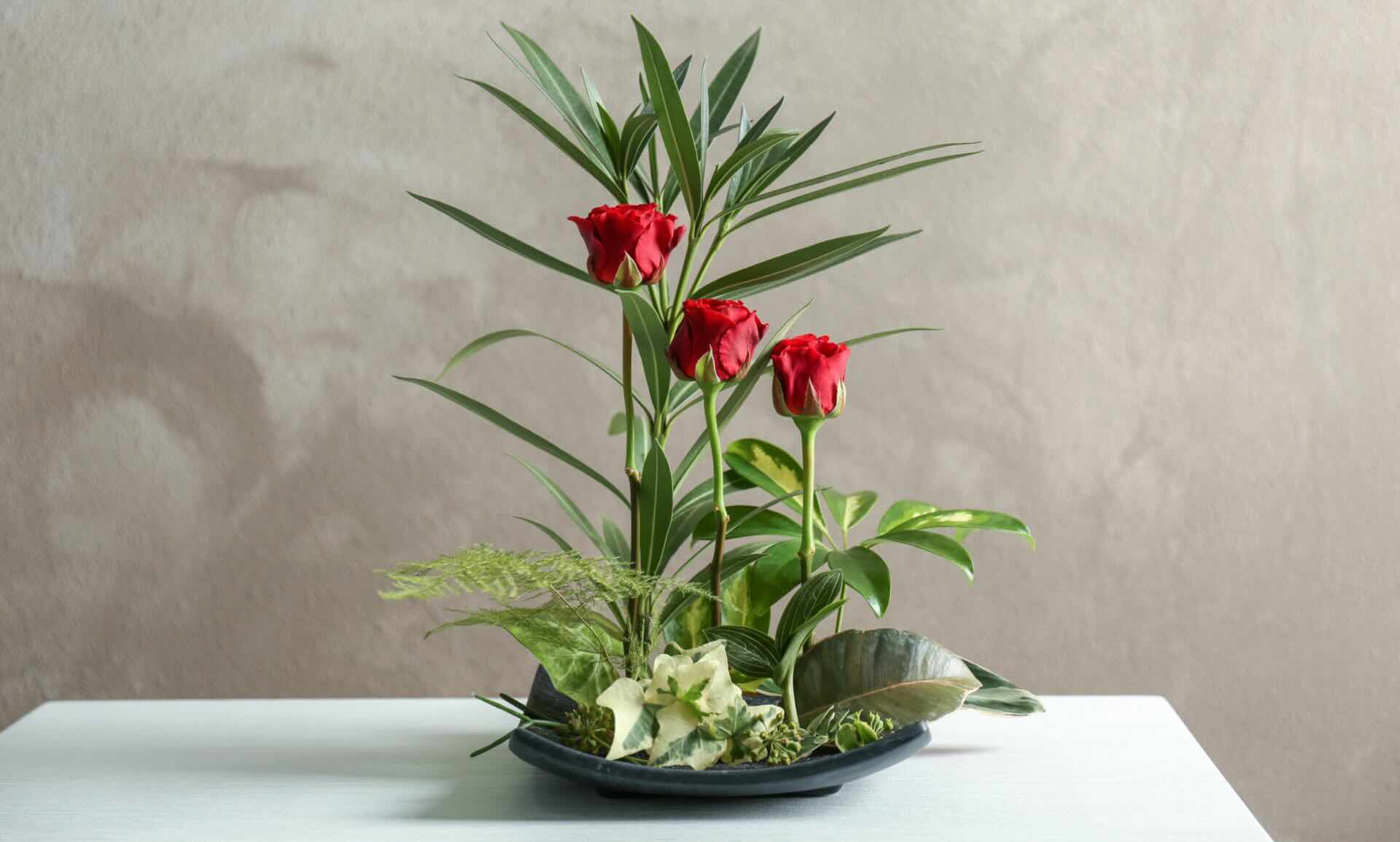
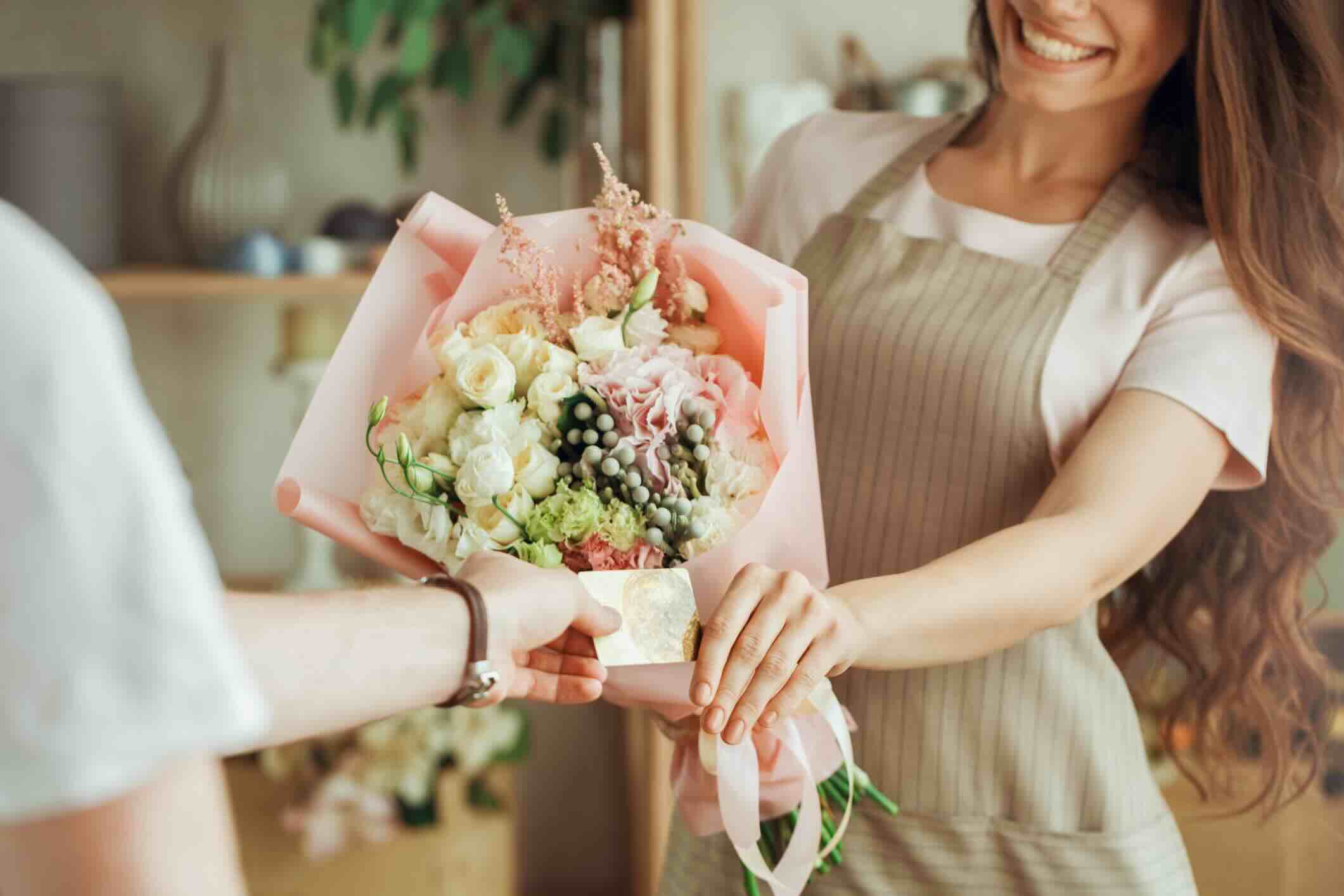
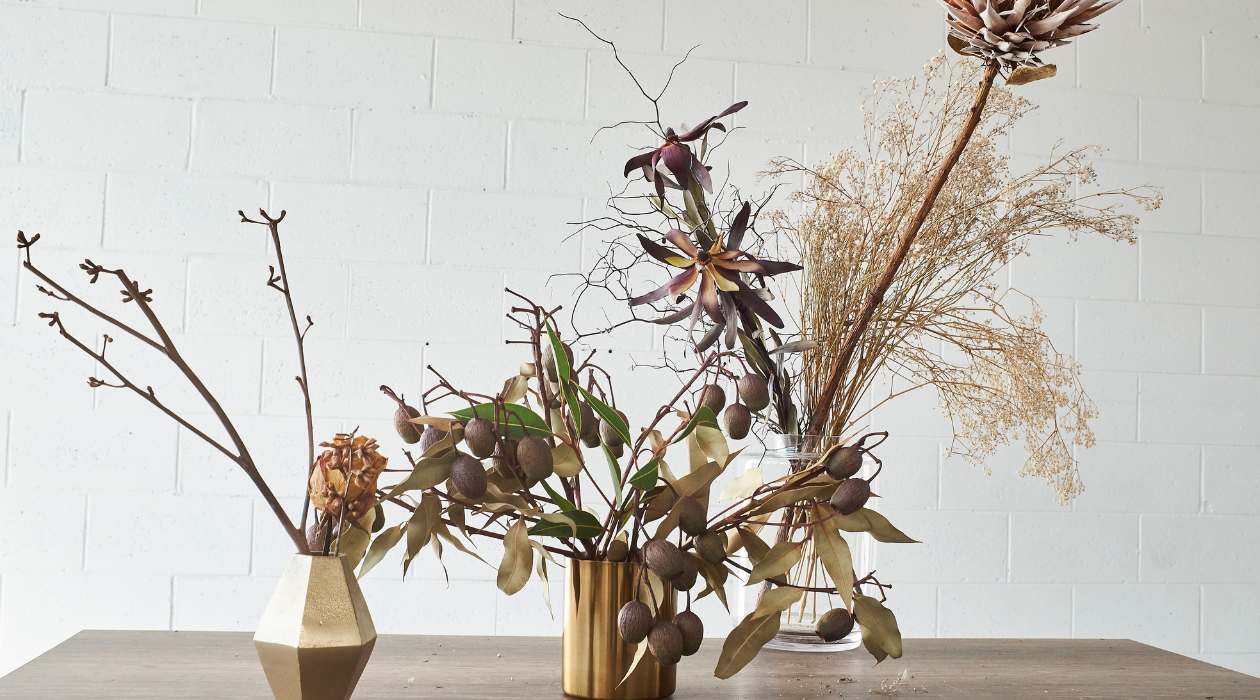

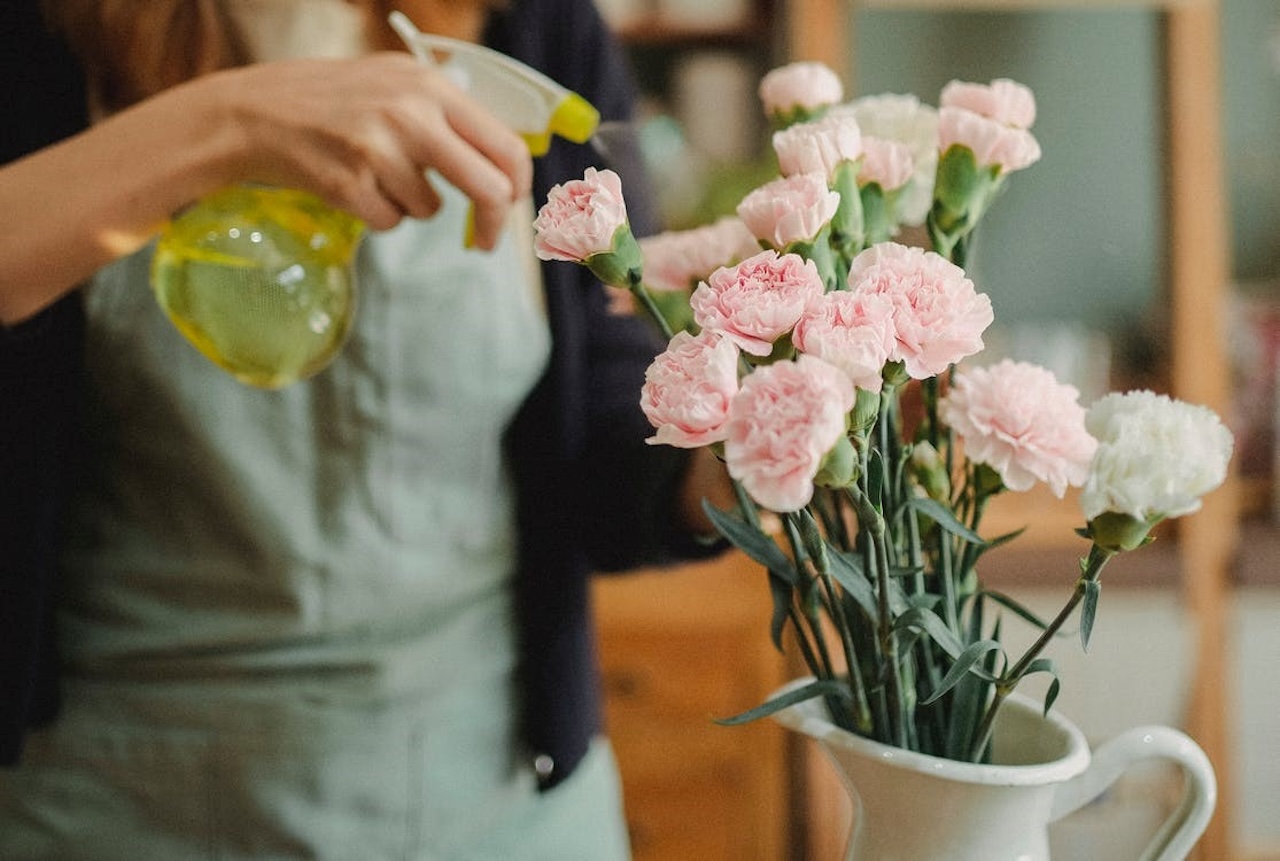
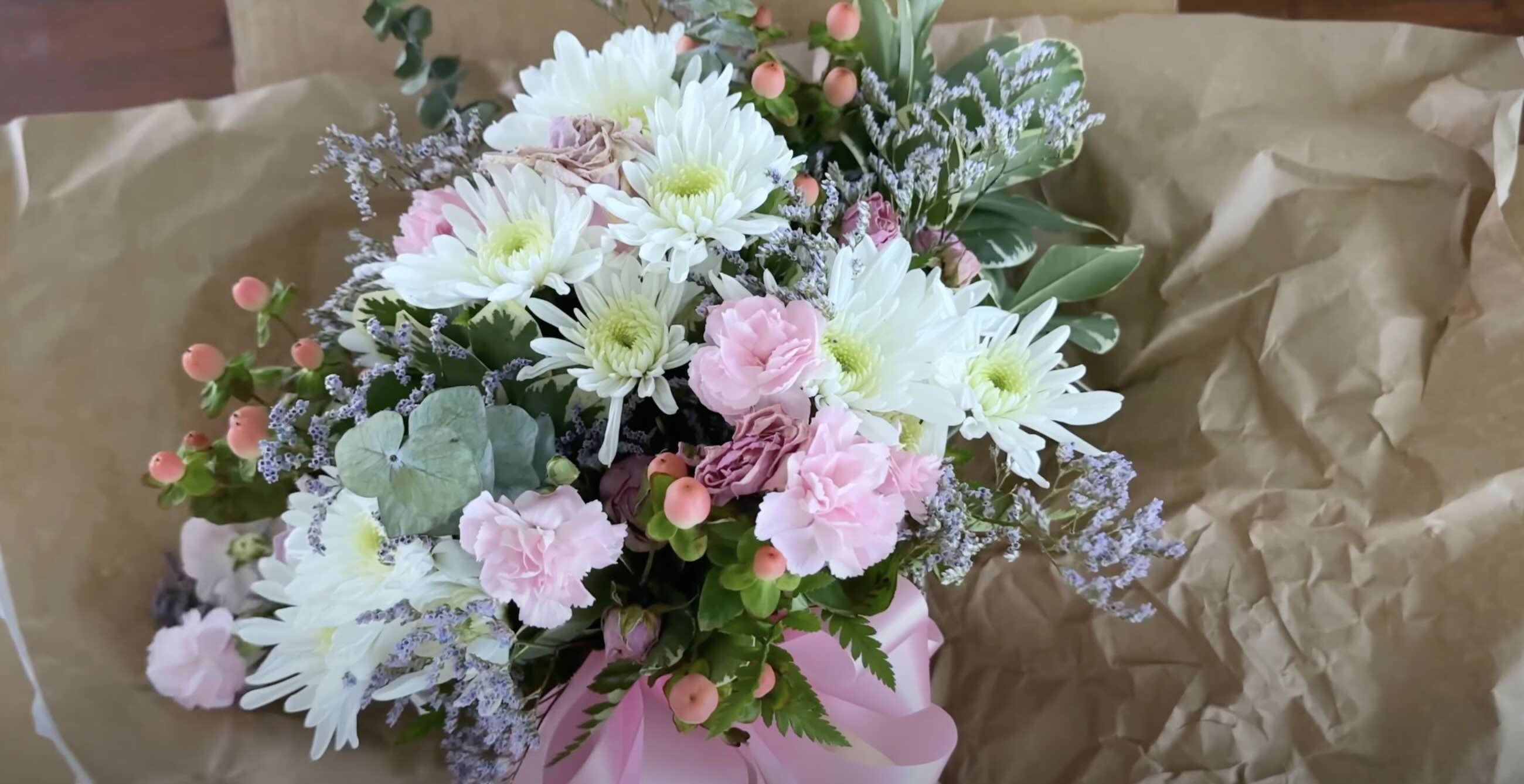
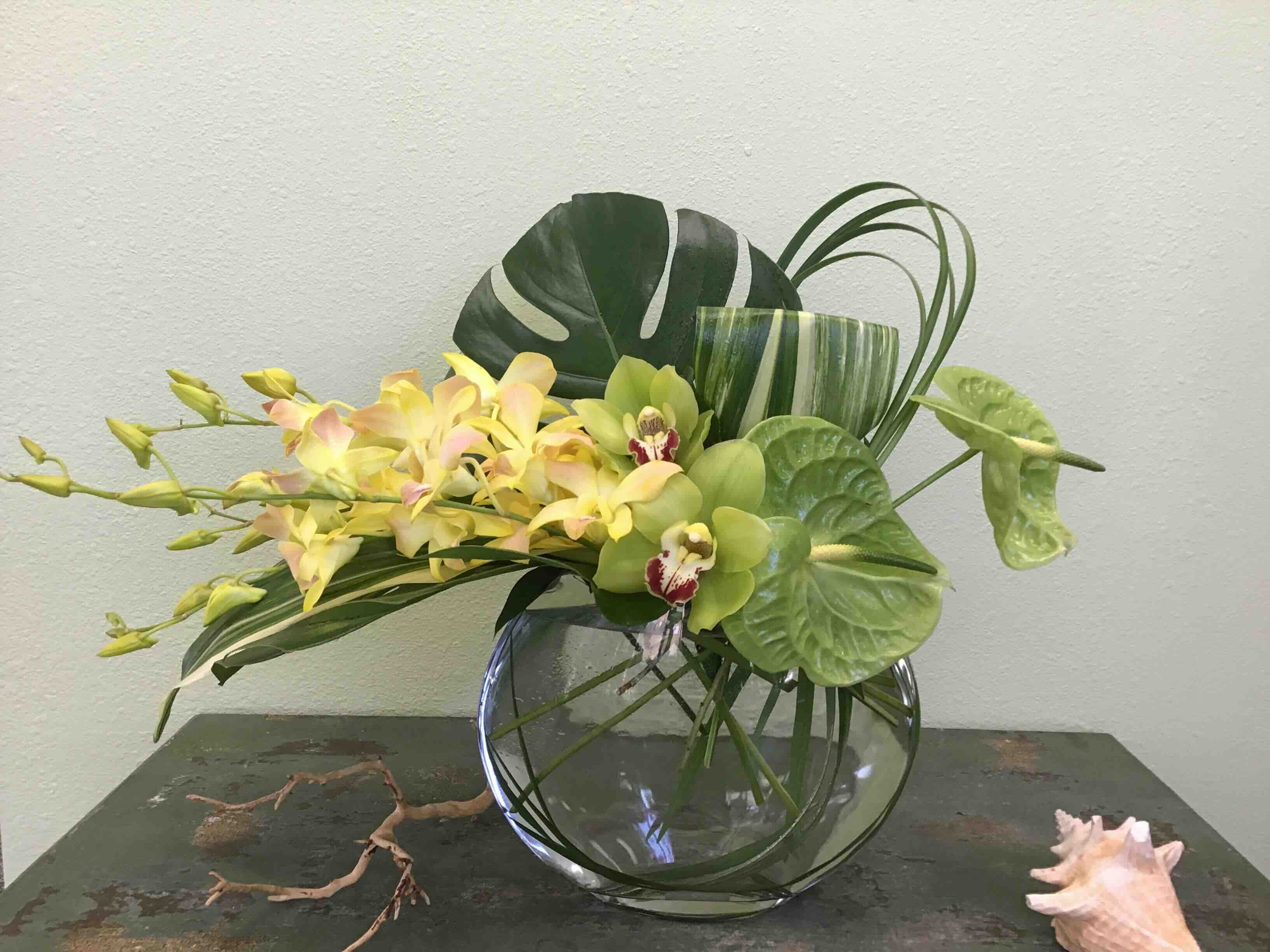
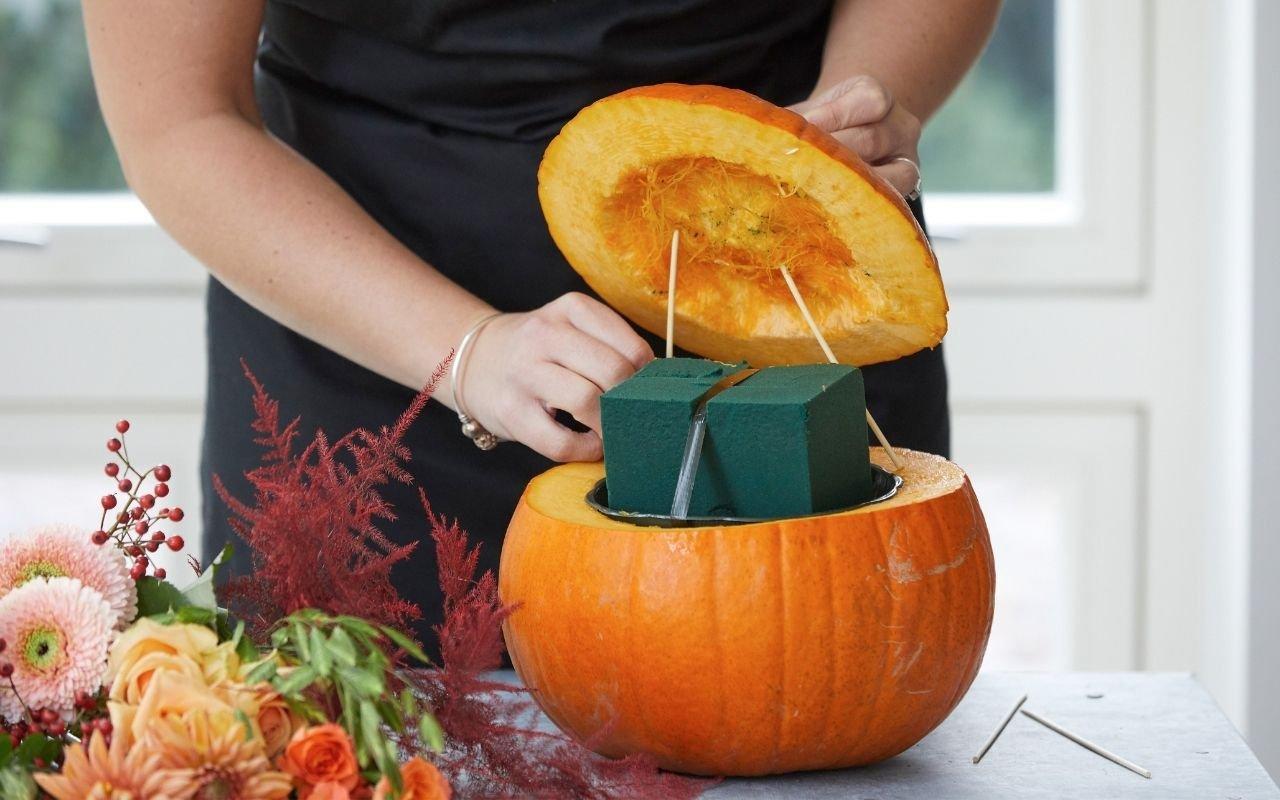
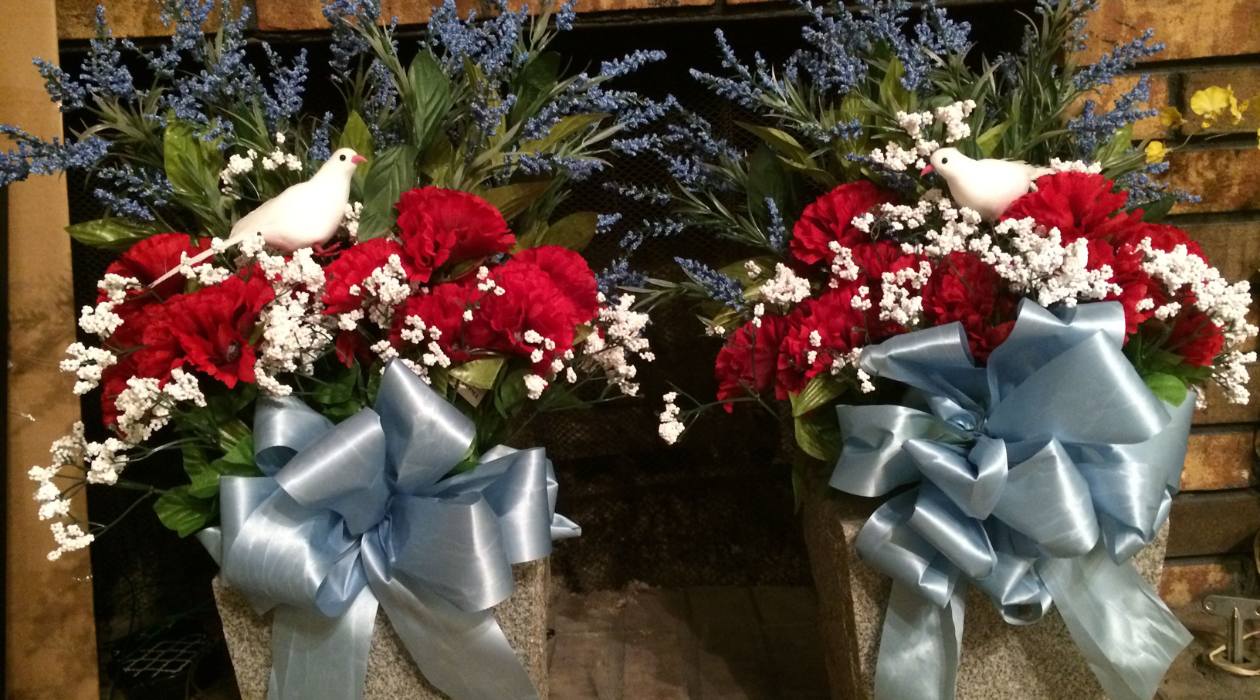

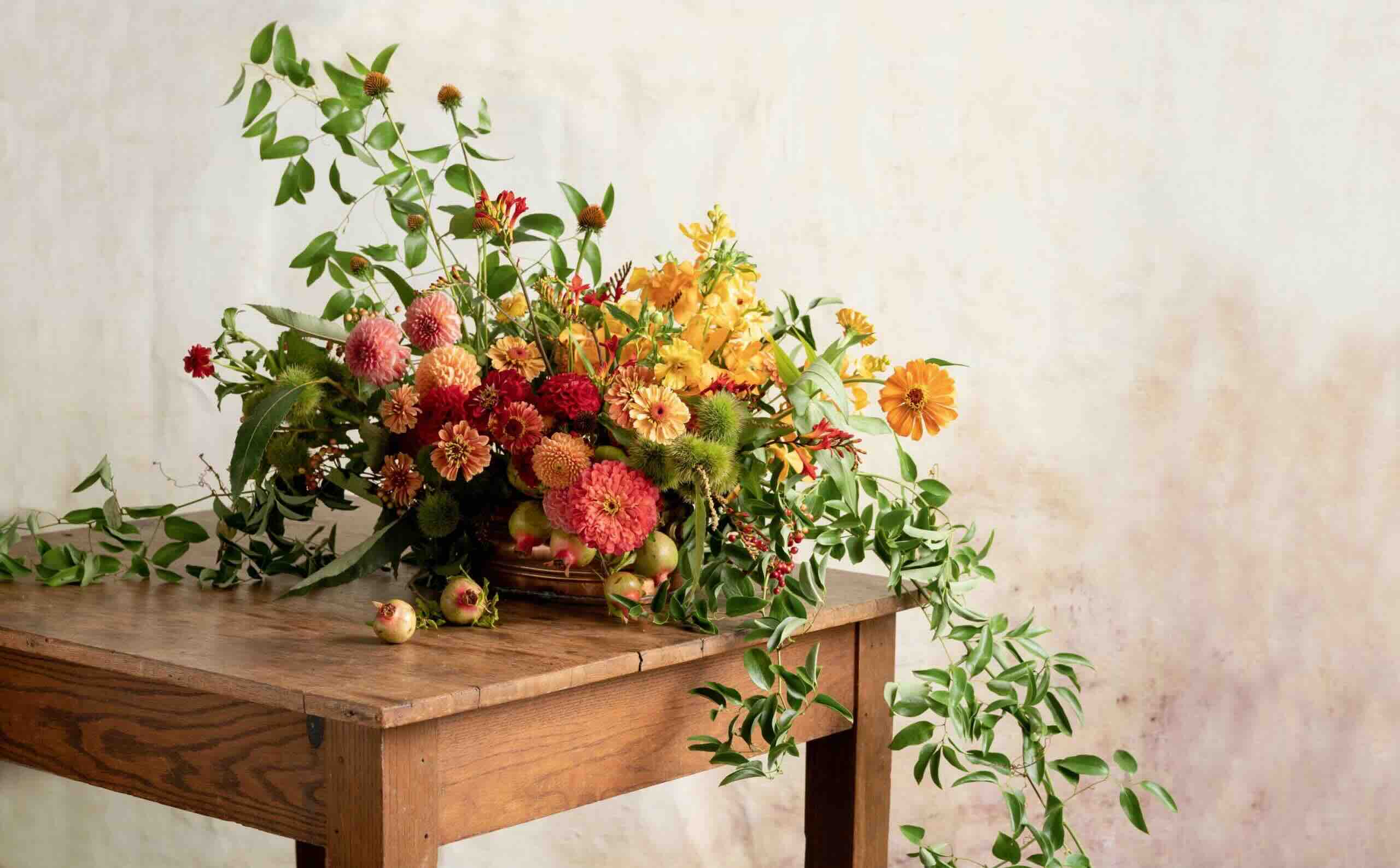
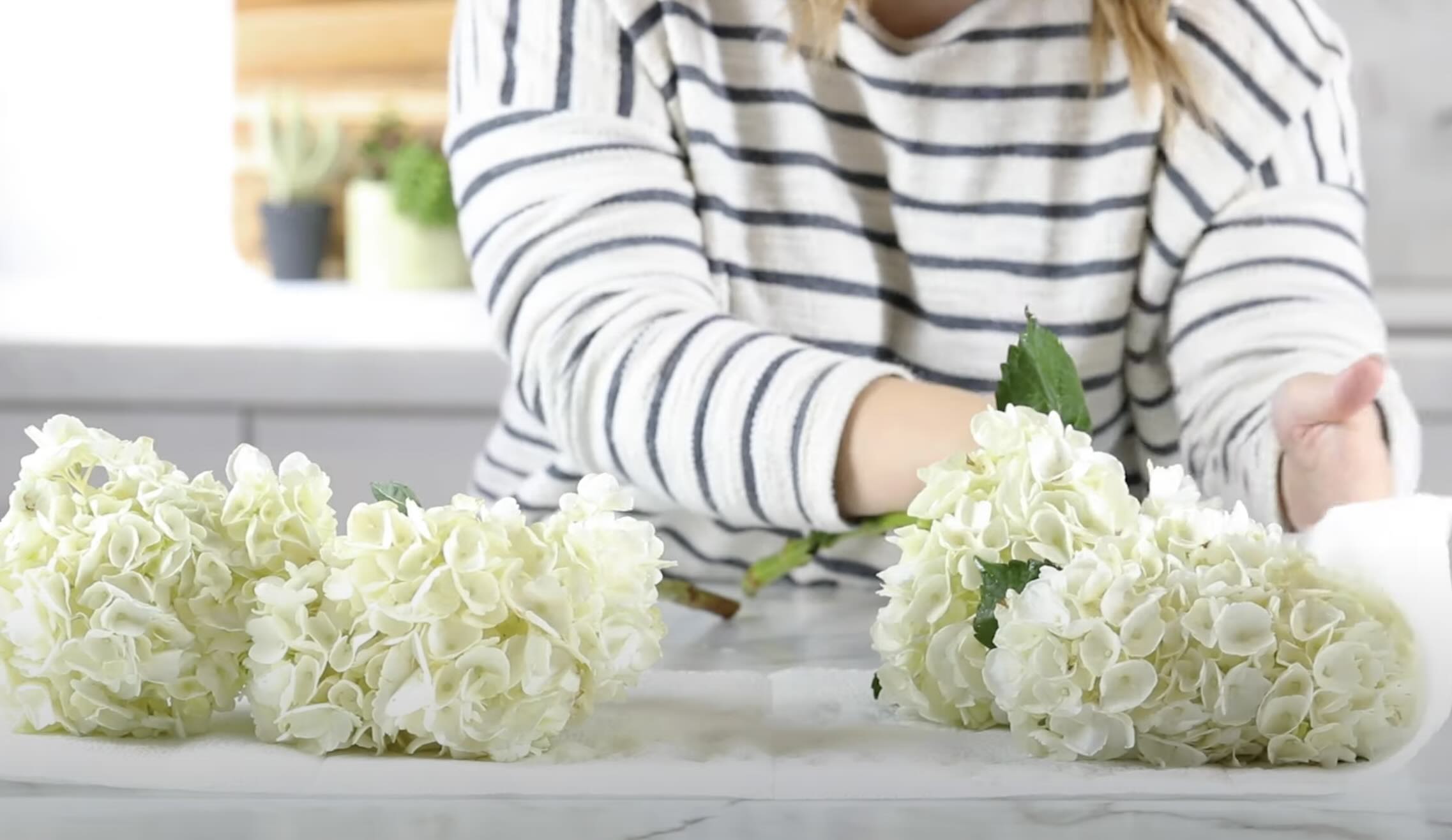
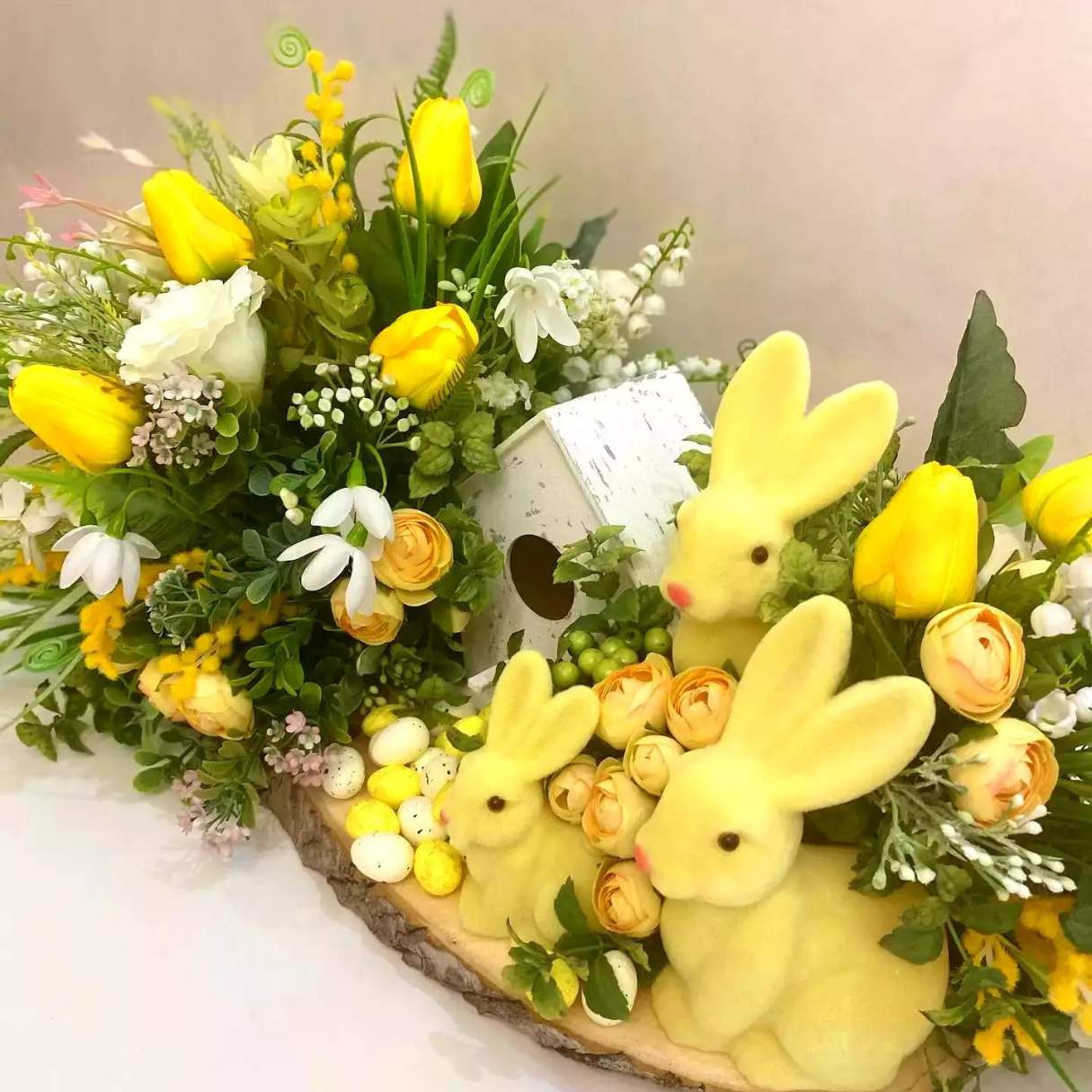

0 thoughts on “How To Pick Floral Arrangements For Weddings”